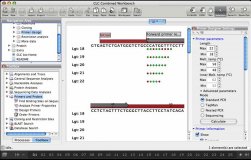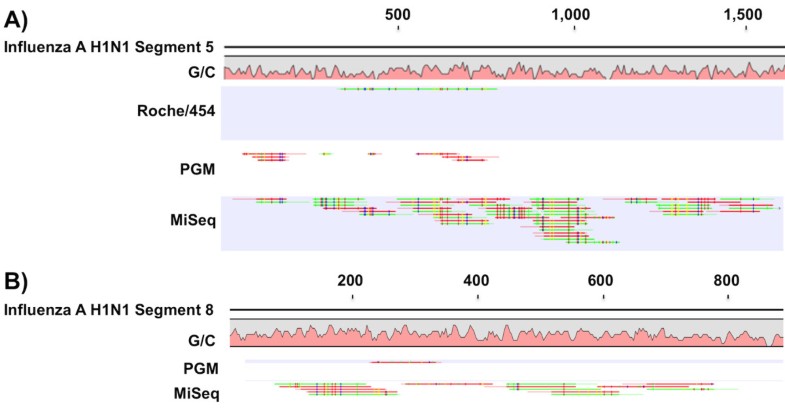
De novo assembly was undertaken in CLC Genomics Workbench 8.5.1 and the 53,614 resultant contigs ( N50 = 1503 bp) were mined for microsatellite regions. standishii RNA-seq data consisted of 38,076,160 paired-end reads of 100 bp length. An RNA-seq data set was constructed by the Beijing Genomics Institute on an Illumina HiSeq4000 platform. standishii collected from the Forestry and Forest Products Research Institute Arboretum using a plant RNA isolation mini kit (Agilent Technologies, USA). Total RNA was extracted from an individual of T. In addition, the transferability of the markers was tested in the two other East Asian species for which no microsatellite markers have yet been developed including the Chinese endemic Thuja sutchuenensis, the sister species of T.

These markers will be useful molecular tools to inform the conservation of this species via studies of its range-wide genetic diversity, gene flow and reproductive biology. standishii using next generation sequencing. This study describes the development of Expressed Sequence Tagged (EST) nuclear microsatellite markers for T. In the current age of genomics, microsatellites retain a vital role in biology due to their high information content, utility in a wide range of genetic applications and cost-efficient nature. standishii also forms dense understory banks of juveniles (Worth personal observation) which may be clonally derived. pisifera that have been proven to regenerate clonally, T. However, similarly to two other Japanese Cupressaceae conifers, Thujopsis dolobrata and C. One key aspect of the species biology that is poorly understood is the role of asexual reproduction in its regeneration. Small population size and geographic isolation, its vulnerability to ring barking by deer and the impacts of past logging has resulted in some populations being of conservation concern, especially in western Japan where the species is very rare. standishii are considered to represent the most untouched forests remaining in the landscape (e.g. For example, it is one of Japan’s five precious timber trees (Kiso go-boku) that from the early 18th century were strictly protected from cutting in the Kiso region of central Honshu and, in some parts of Japan, forests containing T. However, the species is undoubtedly an important part of Japan’s biodiversity and cultural heritage. standishii and its current insignificant role in forestry probably underlies this lack of research. standishii has received little research attention with basic information on its conservation (including the impact of past logging), reproductive biology and genetic diversity, lacking. Unlike most other Cupressaceae conifers of Japan, T. It can purportedly reach a great age with trunks up to 3.5 m in diameter (Giant Tree Database, Biodiversity Center of Japan ( )) and individuals over 1000 years old. The species can grow as a single-stemmed tree up to 35 m tall but occurs as a multi-stemmed shrub under 1 m tall at the maximum limit of its elevational range. The species is most commonly a component of subalpine forests but also occurs in a variety of habitats including warm temperate forest (rarely), cool temperate forest, moorland and near the alpine zone. Thuja standishii (Gordon) Carriere (kurobe or nezuko in Japanese and Japanese arbor-vitae in English) is endemic to Japan where it has a scattered distribution from 40.67˚N to 33.49˚N on the islands of Honshu, Shikoku and Dogo (Shimane Prefecture). Thuja is a small Cupressaceae genus consisting of five extant species with three species in East Asia and two in North America. koraiensis with 1 to 5 alleles per locus (average = 2.15). standishii, with 1 to 11 alleles per locus (average = 4.33) while 13 loci amplified in four samples of the more distantly related T. All 15 loci amplified in 13 samples of T. Low multi-locus probability of identity values (< 0.00002) indicate that these markers will be effective for identifying individuals derived from clonal reproduction. Observed heterozygosity for all samples varied between 0.33 and 0.75 (average = 0.54) while expected heterozygosity values were higher with an average over the 15 loci of 0.62 (0.37–0.91). Resultsįifteen loci were developed which displayed 3 to 21 alleles per locus (average = 9.2) among 97 samples from three populations of T.

Design polymorphic microsatellite loci that will be useful for studies of the genetic diversity, gene-flow and reproduction in the Japanese endemic conifer Thuja standishii and test the transferability of these loci to the two other East Asian species, T.


 0 kommentar(er)
0 kommentar(er)
